A look back: Constantia through the years
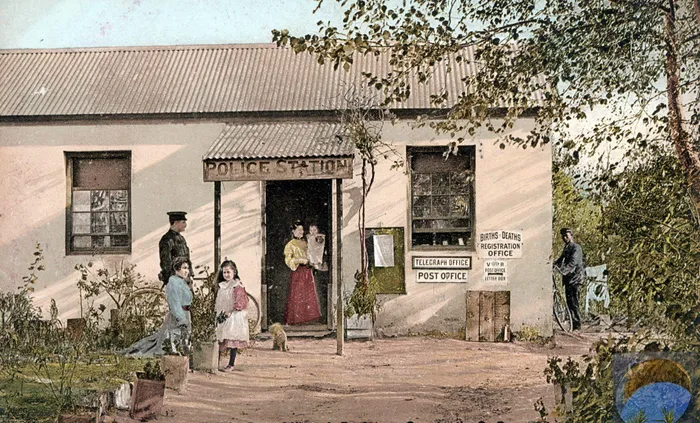
An undated picture of the Police Station, Post Office, and Registry in Constantia.
Image: Cape of Diab
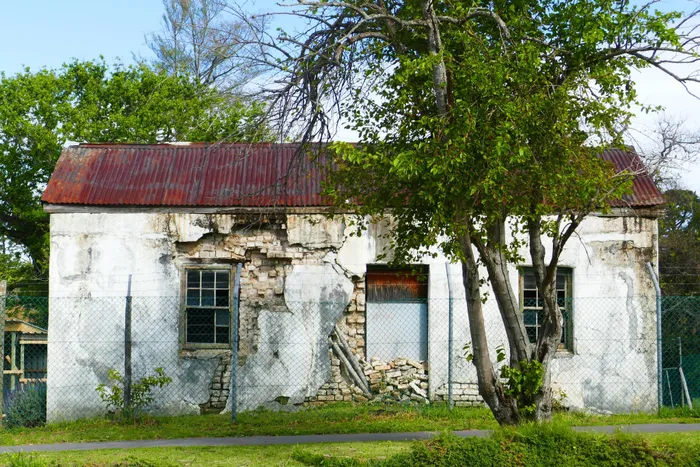
A recent picture of the building that housed the Police Station, Post Office and Registry.
Image: Cape of Diab
Step back in time with this special photographic look at the Constantia Valley’s past. These images - some dating back more than half a century - capture the changing face of the area, from its historic homesteads and vineyards to the familiar landmarks that still shape the valley today.
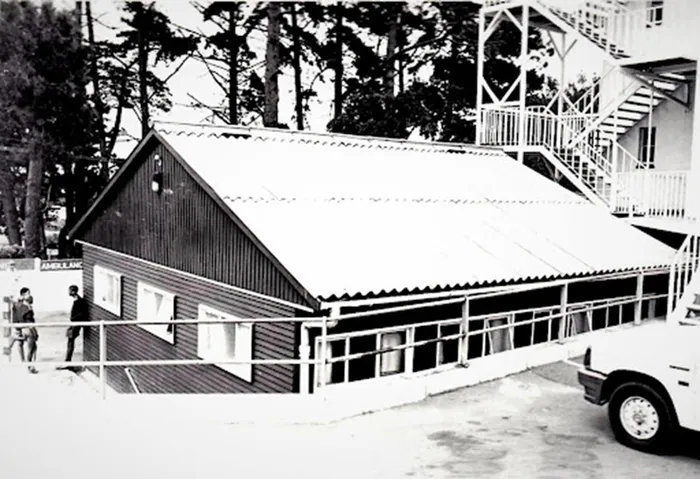
Emergency Centre ward at Victoria Hospital in 1972
Image: Supplied
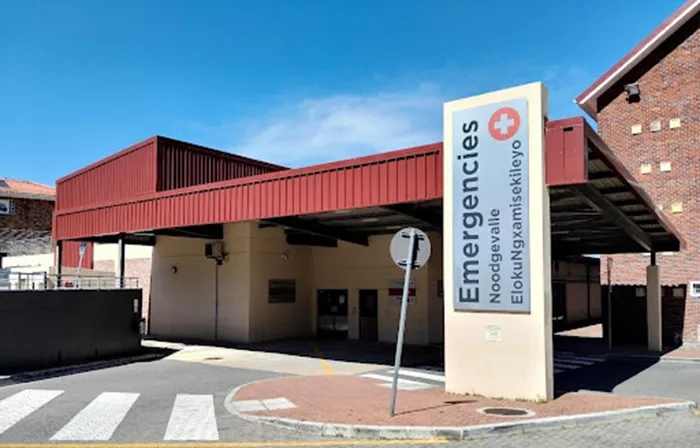
Emergency Centre ward at Victoria Hospital today.
Image: Wesley Ford
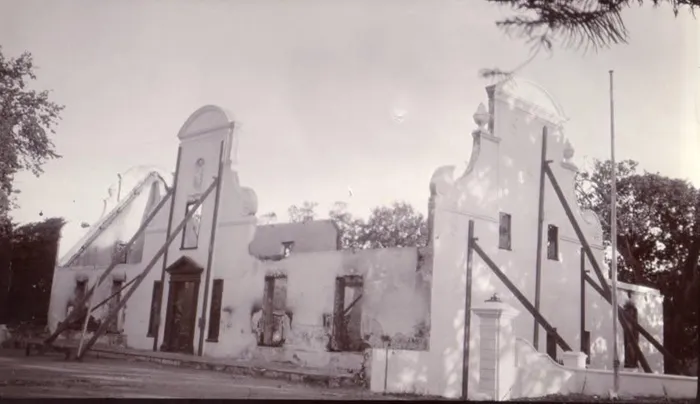
According to Cape of Diab, this was the remains of Groot Constantia after a fire, almost 100 years ago.
Image: Cape of Diab
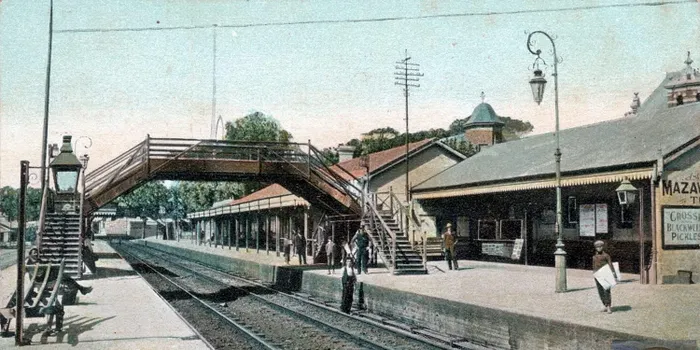
An undated photograph of Wynberg Station.
Image: Cape of Diab

A recent picture of Wynberg Station.
Image: Wesley Ford
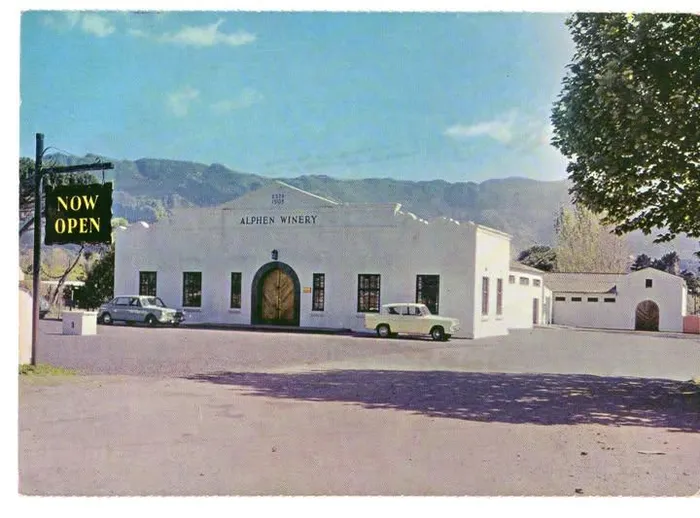
According to Cape of Diab, this postcard shows Alphen Winery in Constantia, distributed by Earldons and featuring a photograph by Arthur English. It isn’t dated or postmarked, but the cars suggest it was taken in the 1960s.
Image: Cape of Diab
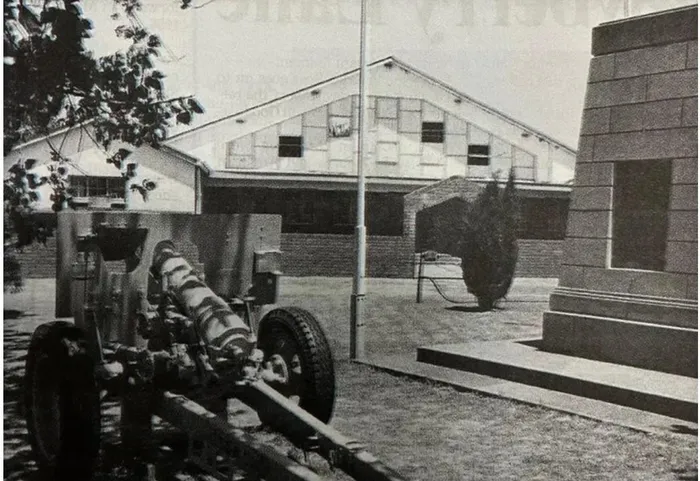
The Bergvliet Moth hall, photographed in 1975.
Image: Cape Times Archives
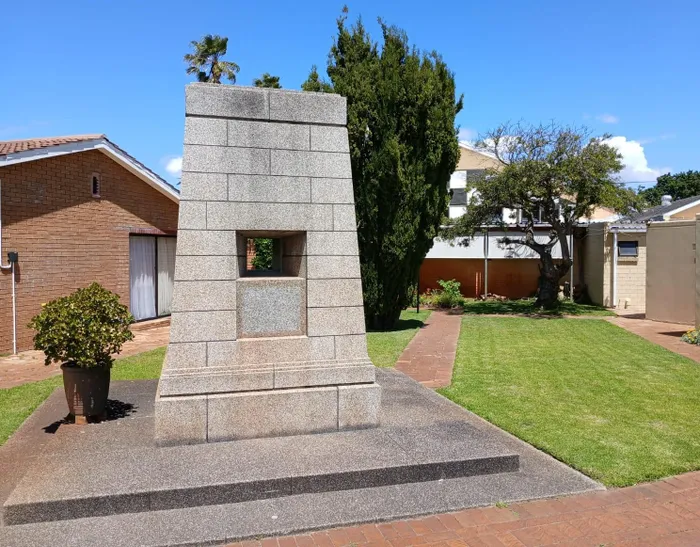
The Bergvliet Moth Hall today.
Image: Wesley Ford

According to Cape of Diab’s Facebook page, this excerpt from Lawrence Green describes Alphen’s history as part of Groot Constantia, noting its 18th-century origins, fine wines, and well-preserved architecture. The map is intended to give you a feel for what the area was like in the late 18th Century. "Alphen, once a portion of Groot Constantia, was separated in 1714 and was for long in the possession of the Cloetes. The fine homestead was built in 1753. Captain de Waal, a Dutch East India shipmaster, who occupied it, made a few alterations; but these were slight, and Alphen has remained unscathed by fire up to the present day. The red soils and gravelly clay sub-soil on the slopes at Alphen produce sound dry wines, the best-known being the Alphen of the Burgundy type. This natural wine, indeed, has been highly praised by connoisseurs in Europe, for it has the warmth, the full body and the delicacy of more renowned wines from the Slope of Gold. Another wine bearing the graceful Alphen label is a Sauvignon Blanc, for which Riesling, Stein, Pedro Ximenes and Grene grapes are used. Six of the wine casks still in use at Alphen were there in 1708; built of oak and Batavian teak, they were probably used as water casks in a Dutch East India ship. Some of the oak stukvats used as fermenting vats were made by slaves on the farm."
Image: Cape of Diab
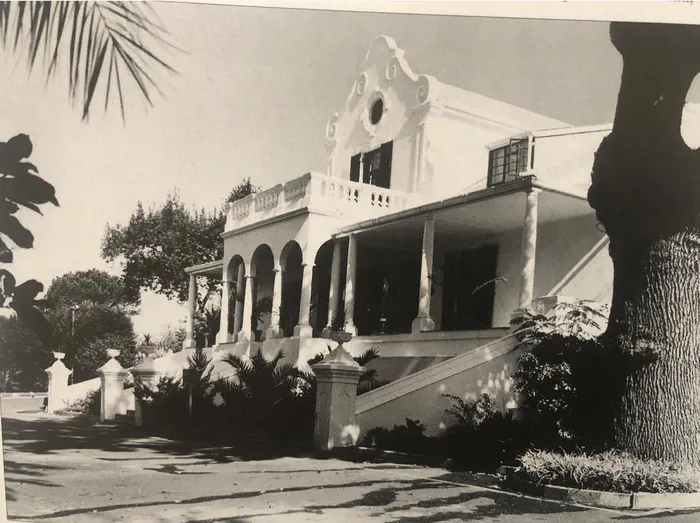
A picture of Timour Hall in 1991.
Image: Cape Town Historic Society
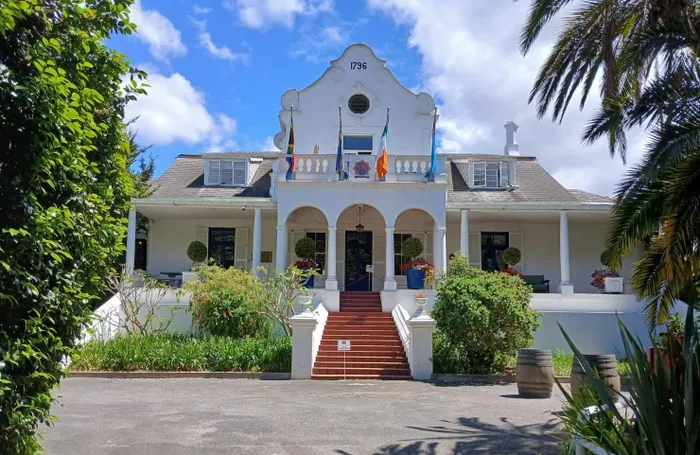
A picture of Timour Hall today.
Image: Wesley Ford
Related Topics: